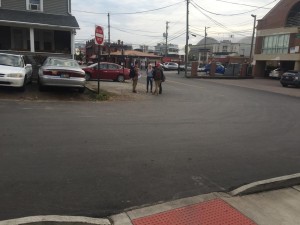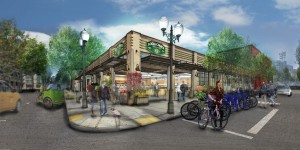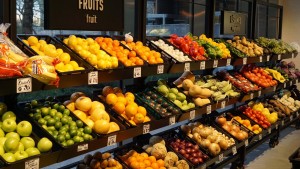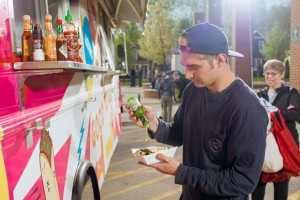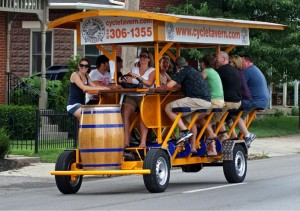What’s missing from MAPS-Mini? What did you keep wanting to report but didn’t find on the survey tool?
The maps mini was helpful because it included many practical questions concerning the beatification of the street through tree coverage, bike lanes, lack of graffiti, and cross walks. These are all good questions to build a solid infrastructure that community life can be built around.
The maps mini was lacking in questions that rate whether or not the infrastructure has been successful in creating the desired community life. The guide’s questions all related to the physical layout of the street itself, but what about questions if people are actually walking around and enjoying the area? Are we so pragmatically minded that we cannot stop to see if the bike lanes are actually being used by bikers? If there are people walking around to even use the cross walks? Does the street show signs of life like murals or people hanging out outside? You can build new crosswalks and clean up, but if these characteristics are present (or at least being developed) the efforts are vain. The question guide could be improved by questions about people’s activity. For example “About how many people did you see outside enjoying the neighborhood when walking down the street? 0-5? 6-10? 11-15?
As you can see from the photo above, there was very little activity on Norwich. Beside our groups trekking around, I saw virtually no one on Norwich, and very few people around the Norwich and High intersection. I wanted to report and discuss this in the maps mini, but was unable. Picture this scenario to illustrate this shortcoming of the maps mini: Imagine if the street and intersection scored perfect across the board. There were crosswalks. There was tree coverage. There was no graffiti. But what if even with all this, there were still no people? On paper, the community would look great! But In reality it would be dead. This is why the paper should seek to capture the life of the community more than just infrastructure improvements.
Did you find public realm mattered more or less to you than private realm? Why?
Based on some of the poor upkeep of the public area I would say that the private area is valued more by the developers of this community. The houses seemed decent for the most part, but there were sidewalks that were very broken up, and not many trees. The public are did not seem like there was much funding or thought put into it. There were no parks close by, and there was no cross walk as you can see in the picture above.
5 Beers + 1 Coke personally values the development of the public are above private development. If you develop the public are to be a nice and attractive space, private businesses and people that really care about the community will move in. If the public area is attractive, the private will come. Money must be invested to jump start that process. But the private part will not initiate this process. Why would private firms take an unnecessary step of faith like that? It only makes sense that they would go to a part of the community that really focuses on development in the private sector.
What issues do you think would be more important to community members as opposed to planners?
Community members often value private free choice over plans. Issues about amount of land they have per parcel is more important to community members in rural areas. In the outskirts of central Ohio there are regulations for how big the parcels are in certain districts. Some of the people live on family land that has been there for generations. To these people, the regulations on the land are viewed as unconstitutional breaking of privacy. But to the planner, these regulations are for the good of the overall community development. This example can be taken outside of the size regulation of parcels in certain districts. Another example could be people that want to paint their house a crazy pink color. The neighborhood may once again have regulations against that. The planner views these regulations as good because they help property values and keep a nice feel for the community. But some individual members may once again view this at breaching their private free choice.





